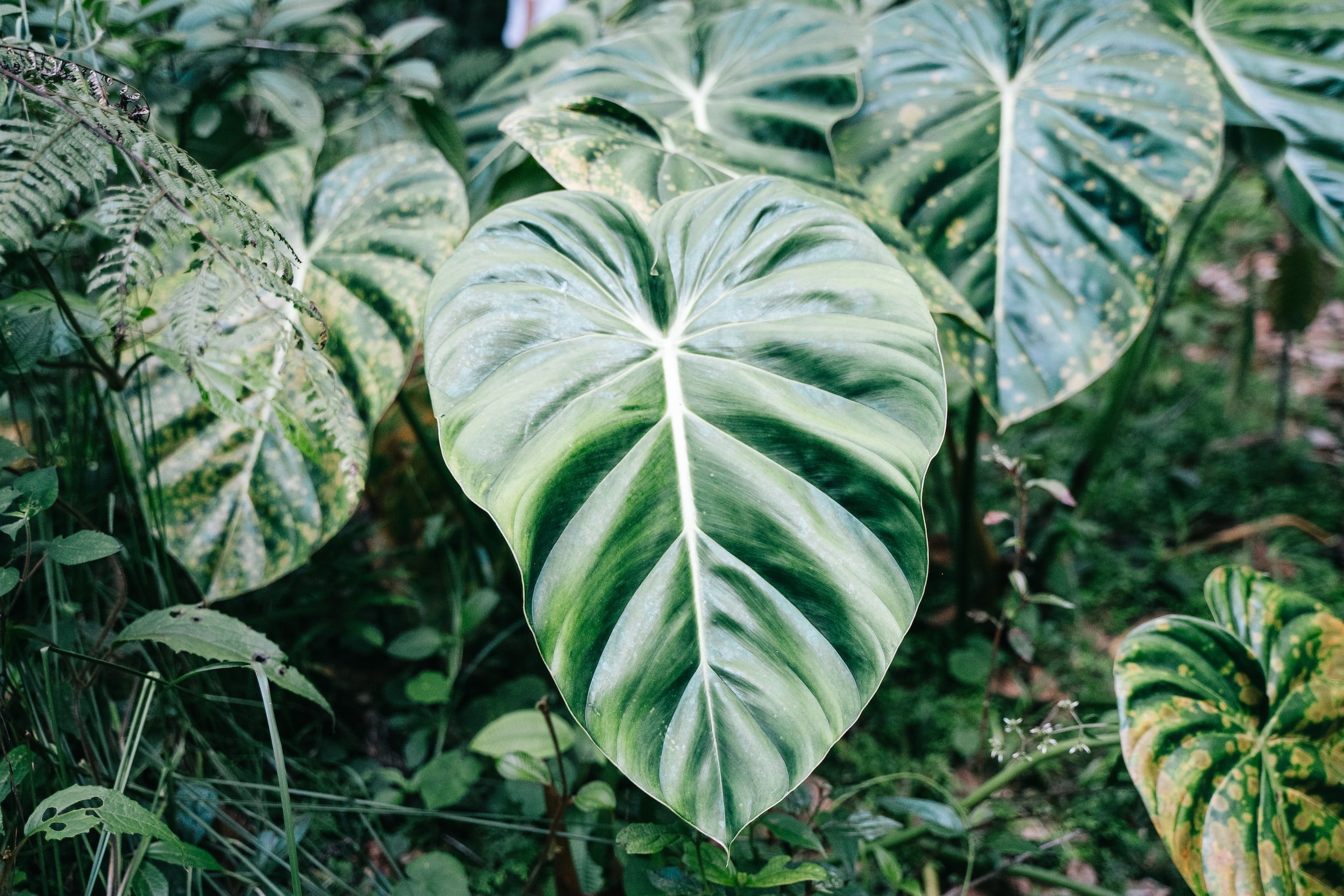10 Houseplants Poisonous to Dogs
Houseplants have been around for as long as we can remember. However, they’ve recently experienced a surge in popularity, with people in their 20s and 30s especially driving this trend. Dan’s Pet Care specialists often work with clients who love their dogs and their plants, but they worry about how to safely combine the two.
The good news is that you can enjoy both dogs and plants in your home. However, it’s important to avoid toxic plants that can harm your dog (other pets, babies and small children should also be considered). The word “toxic” is frequently misunderstood. Some plants can be extremely harmful or fatal to your dog, while others can cause skin irritation or digestive upset. However, even a nonfatal reaction to a houseplant can make you and your dog miserable. It’s best to play it safe!
This article describes some of the most popular houseplants that are unsafe for dogs. Don’t worry—there are many alternatives that are completely safe for your pet. Before buying any plant, be sure to do your research!
Pothos
Pothos are one of the most popular houseplants in American homes. It’s easy to understand why—they’re hard to kill, they grow fast, and they come in an endless array of patterns and varieties. Unfortunately, pothos will cause mouth irritation if your dog decides to lick a leaf or take a bite. If your pet swallows the plant, it will irritate their throat and digestive tract, too.
2. Jade Plant
Jade plants have succulent leaves and a tree-like structure. Ingesting this plant can not only make your dog vomit, but also cause serious cardiac and neurological symptoms.
3. Kalanchoe
Kalanchoe plants are succulents that come from tropical regions, like Africa. They have beautiful, tiny flowers that bloom in various bright colors. However, it’s important to keep any kalanchoe variety far away from your dog. Not only can they upset your dog’s stomach and digestive system, but they can also cause your dog to have an irregular heartbeat.
4. Philodendron
Today, there are hundreds of varieties of philodendron available. Similar to pothos, these vining plants are easy to care for and fun to collect. However, the leaves contain oxalate, which can severely irritate your dog’s mouth.
5. Asparagus Fern
Asparagus ferns are known for their delicate, soft needles. They look fern-like, but they’re not really members of the fern family. Eating the berries will probably give your dog severe diarrhea. However, even touching the fronds can cause unpleasant skin reactions.
6. Aloe Vera
Aloe is known among humans for its healing properties. The thick, succulent “spikes” of an aloe vera plant contain a soothing, gel-like substance that’s often spread on burns or sunburns. However, aloe is one of the most harmful plants for your dog’s digestive tract. If your dog ingests this plant, you may be in for a very expensive trip to the emergency vet.
7. Ivy
Ivy grows abundantly in the wild on telephone poles, buildings, and trees. However, certain varieties are often brought indoors as houseplants. English ivy is one of the most common types found in homes. If your dog encounters ivy, they may have a severe skin reaction. In some cases, ivy can cause neurological symptoms that become fatal.
8. Poinsettia
Poinsettias are popular in December as seasonal décor, thanks to their bright red leaves. A poinsettia is unlikely to kill your dog, but tasting it can give your dog enough vomiting and diarrhea to put a damper on your holiday spirit.
9. Sansevieria
This popular houseplant comes in many varieties and is known for its distinctive vertical shape. Also known as a snake plant, sansevieria don’t require much watering and are hard to kill. They’re typically not fatal to dogs, but they can cause nausea and discomfort if eaten.
10. Rubber Plant
Rubber plants are small trees with thick, dark green leaves. They can cause a variety of symptoms if your dog gets too curious, including skin irritation, neurological trouble, and vomiting.
It’s important to take preventative measures to protect both your plants and your dog. Be sure to research every plant you acquire before bringing it into your home. If the plant can only cause very mild symptoms, you may be able to simply keep your dog far away from it. However, the risk of keeping most houseplants that can cause any symptoms in dogs is simply not worth it. If you’re a plant enthusiast, it’s best to research safe houseplant varieties and stick to those options—your dog would thank you if they could!















